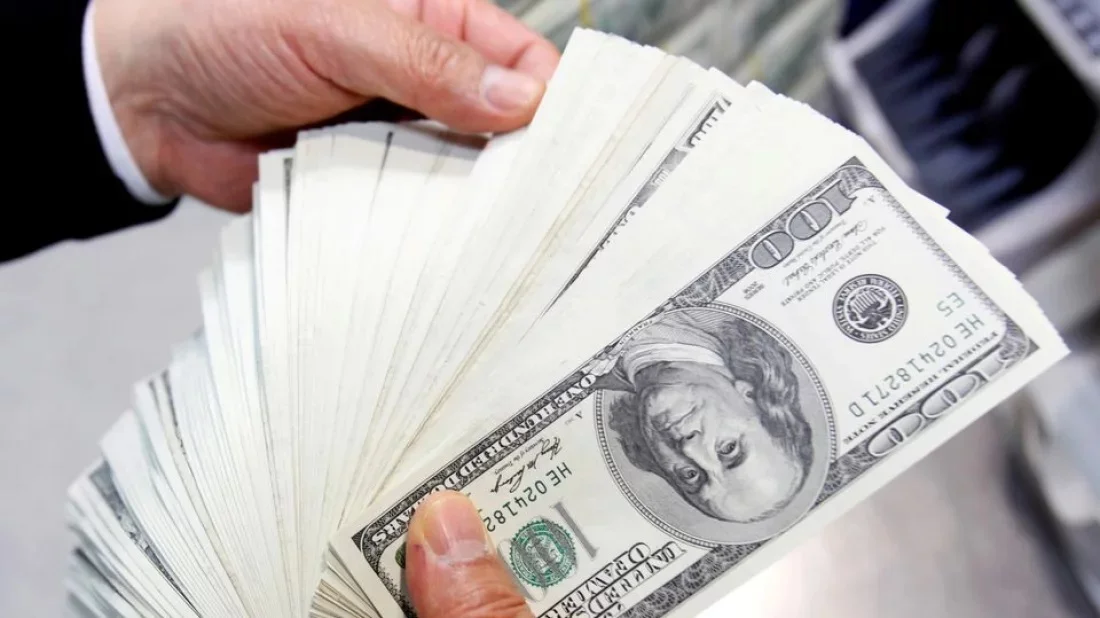Low supply of dollars in banks for 4th straight month
Share on:

In May, the gross foreign currency balance with the banks dropped to $5,047.27 million from $5,120 million in the same month last year
The foreign currency reserves held by Bangladesh’s commercial banks have declined for the fourth consecutive month in May, amid shortage of US dollars.
In May, the gross foreign currency balance with the banks dropped to $5,047.27 million from $5,120 million in the same month last year.
This level also decreased slightly from $5,047.30 million in April, $5,439 million in March and $5,559 million in December 2023.
This marked the lowest level since January 2023, when it stood at $4,849 million.
This scarcity is putting a strain on the country’s ability to pay for imports and weakening the Bangladeshi taka against the dollar.
The crisis has worsened due to slowdowns in remittance and export earnings, along with a decline in foreign direct investment inflows.
Export earnings in July-March of FY24 increased marginally by 3.99% to $40.87 billion compared with those of $39.30 billion in the same period of FY23.
Remittance inflow reached $21.37 billion in the July-May period of FY24, compared with that of $19 billion in the same period of FY23.
To curb import surges, the government and the Bangladesh Bank have implemented various measures since April 2022, including import restrictions on luxury and non-essential items.
These actions led to a 15.42% decline in imports in July-March of FY24 compared with those of the same period in the previous financial year.
The Bangladesh Bank has also intensified monitoring of imports to prevent sudden outflows of foreign currencies.
Despite efforts to address the dollar shortage, the crisis persists due to a reduction in the supply of dollars and a drain on foreign reserves.
The central bank has been selling dollars to commercial banks, totalling more than $32.8 billion over the past 34 months.
This includes $11.67 billion allocated to banks in July-April of FY24, $13.5 billion in FY23 and $7.62 billion in FY22.
However, these dollar sales have reduced the foreign exchange reserves of the Bangladesh Bank and created a liquidity crisis in the banking sector.
Many import payments have been delayed or renegotiated due to the dollar shortage, giving banks more time to acquire the necessary foreign currencies.
However, the burden of the shortage is not evenly distributed among banks. Only a few banks hold a significant portion of the country’s dollar reserves, while many others struggle to meet their customers’ demands for foreign currency.
As a result, the foreign currency reserves, according to International Monetary Fund guidelines, dropped to $19.2 billion on June 12, leading to a sharp rise in the exchange rate to Tk118 from Tk 91 against the US dollar within a year.

